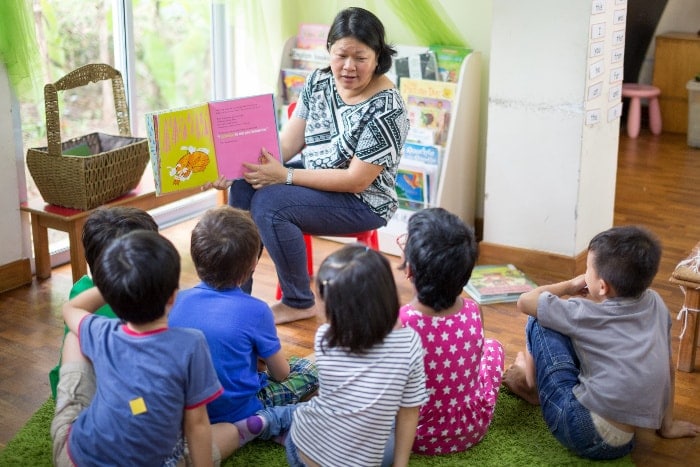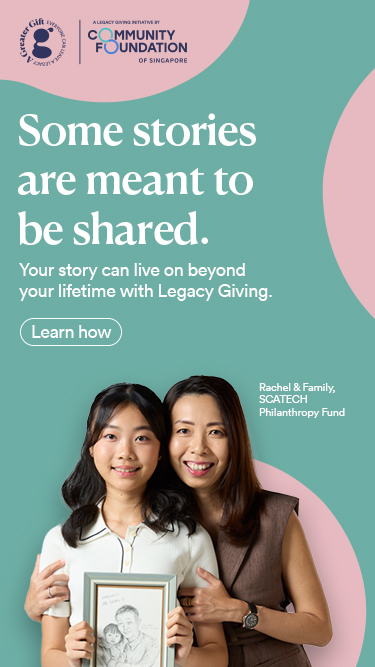Media Coverage
The New Age Parents: Interview With Leading Foundation Teacher Award Winners Jenny Tan And Chen Yit Toun

John Doe
October 4, 2016
Oct 4, 2016

One has been an early childhood educator for over a decade, while the other works with children with special needs. TNAP speaks to two early childhood educators on the biggest misconception people have about their jobs and what inspires them. Read more.
One has been an early childhood educator for over a decade, while the other works with children with special needs. TNAP speaks to two early childhood educators on the biggest misconception people have about their jobs and what inspires them. Read more.
- Related Topics For You: CHARITY STORIES, CHILDREN, INCLUSIVITY & INTEGRATION, NEWS, PERSONS WITH DISABILITIES

.jpg)

